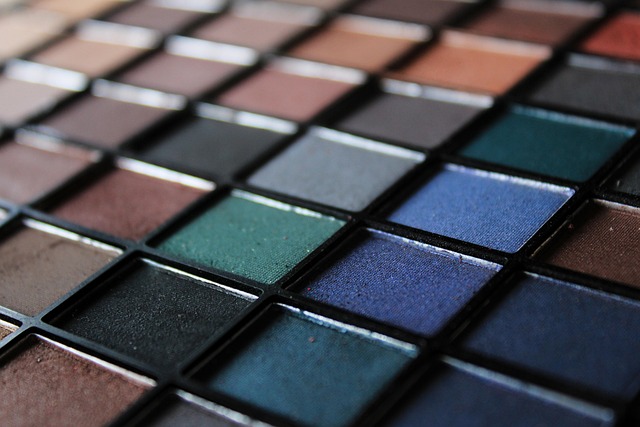In an era where display technology plays an essential role in our daily lives, understanding the intricate relationship between color palette and resolution can transform the way we experience entertainment and information. Whether it’s the vibrant hues of a blockbuster movie on your TV or the fine details of a graphic design project on a monitor, the color palette is critical in enhancing our visual experience.
When we think about TVs, our minds often gravitate towards specifications like 4K resolution, HDR capabilities, and refresh rates. However, the color palette is an equally significant factor that can drastically influence what we see on the screen. A rich and well-curated color palette allows for not only the accurate representation of shades and tones but also enhances the emotional impact of the content. Imagine watching a scene from your favorite film where the colors pop with clarity, drawing you deeper into the narrative. This is possible due to advanced display technologies that leverage a wide color gamut, ensuring that every hue and saturation is authentically rendered.
Conversely, a limited color palette can dull the visual experience, making it feel flat and lifeless. Many viewers may not realize that a vibrant color selection can make even low-resolution content more engaging. This highlights the importance of investing in display technology that prioritizes a broad color spectrum alongside a high resolution. Display technologies, such as OLED and QLED, excel in producing stunning visuals by allowing deeper blacks and brighter whites while sustaining a diverse color palette, thus bringing every scene to life.
Monitors are no exception in this discussion, particularly for professionals in fields such as graphic design, video editing, and gaming. A monitor’s color accuracy and gamut can significantly affect the quality of work produced. The right color palette not only facilitates visualization but ensures that art and design projects are rendered authentically. When color grading high-resolution digital content, creators rely on their monitors to display accurate colors, which directly influences their creative decisions and the final output.
Moreover, as gaming technology continues to advance, the role of color palettes becomes even more prominent. Gamers today are searching for immersive experiences, and that immersion is heightened by a well-calibrated color palette. Games that utilize sophisticated color grading can create atmospheric environments that not only look stunning but also provoke emotional responses, enhancing the overall gameplay experience. Displaying dynamic colors in high definition captivates players and keeps them engaged longer.
In summary, the interplay between color palette and resolution is the crux of effective visualization in both personal and professional realms. An expansive and well-executed color palette, when correctly paired with the right display technology, can turn ordinary viewing experiences into extraordinary ones. As consumers and creators, it is crucial to appreciate the importance of these elements in our ever-evolving digital landscape. Investing in a quality display that prioritizes color accuracy and richness can redefine your visual journey, making every pixel count.




